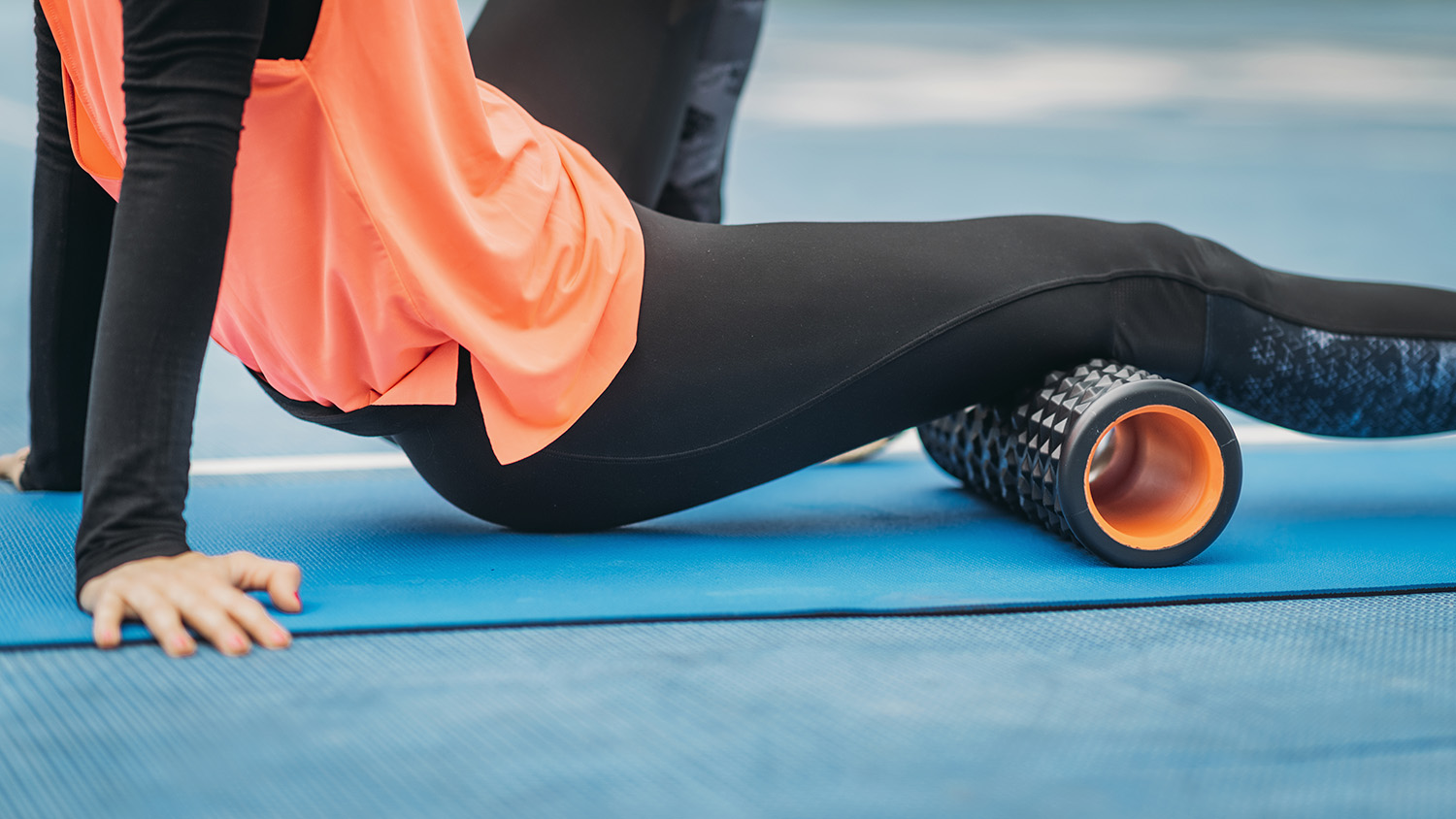
Working From Home Health Tips
Work from home is the new normal. And, it’s not going away anytime soon – even after this pandemic is over!
Working from home has its pros and cons. Not travelling to work can be nice, but it also means longer hours of sitting in front of a screen without any socializing or movement allowed! You might find yourself spending more time at your desk than ever before so take care when making decisions about how much stress is too much for your body (and mind).







